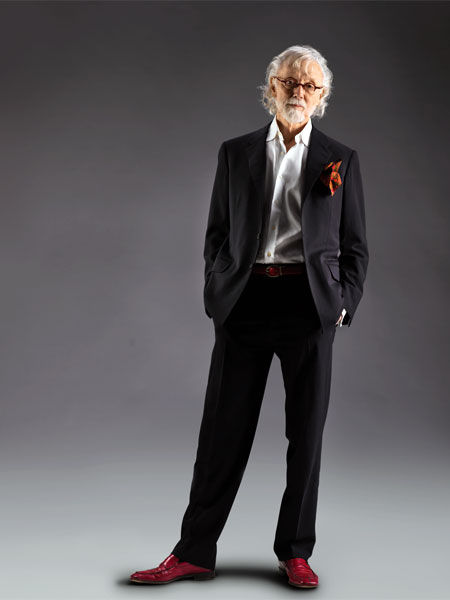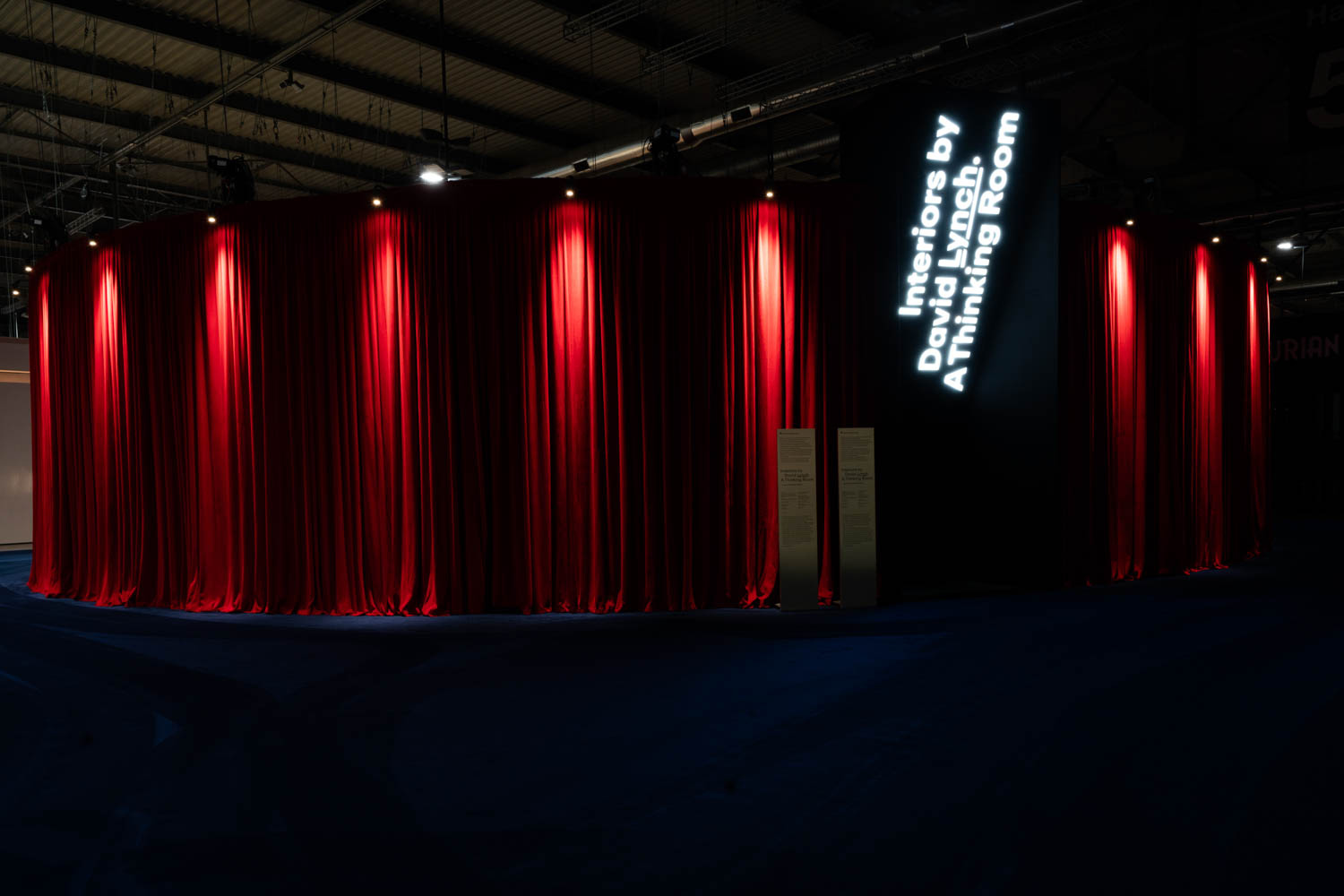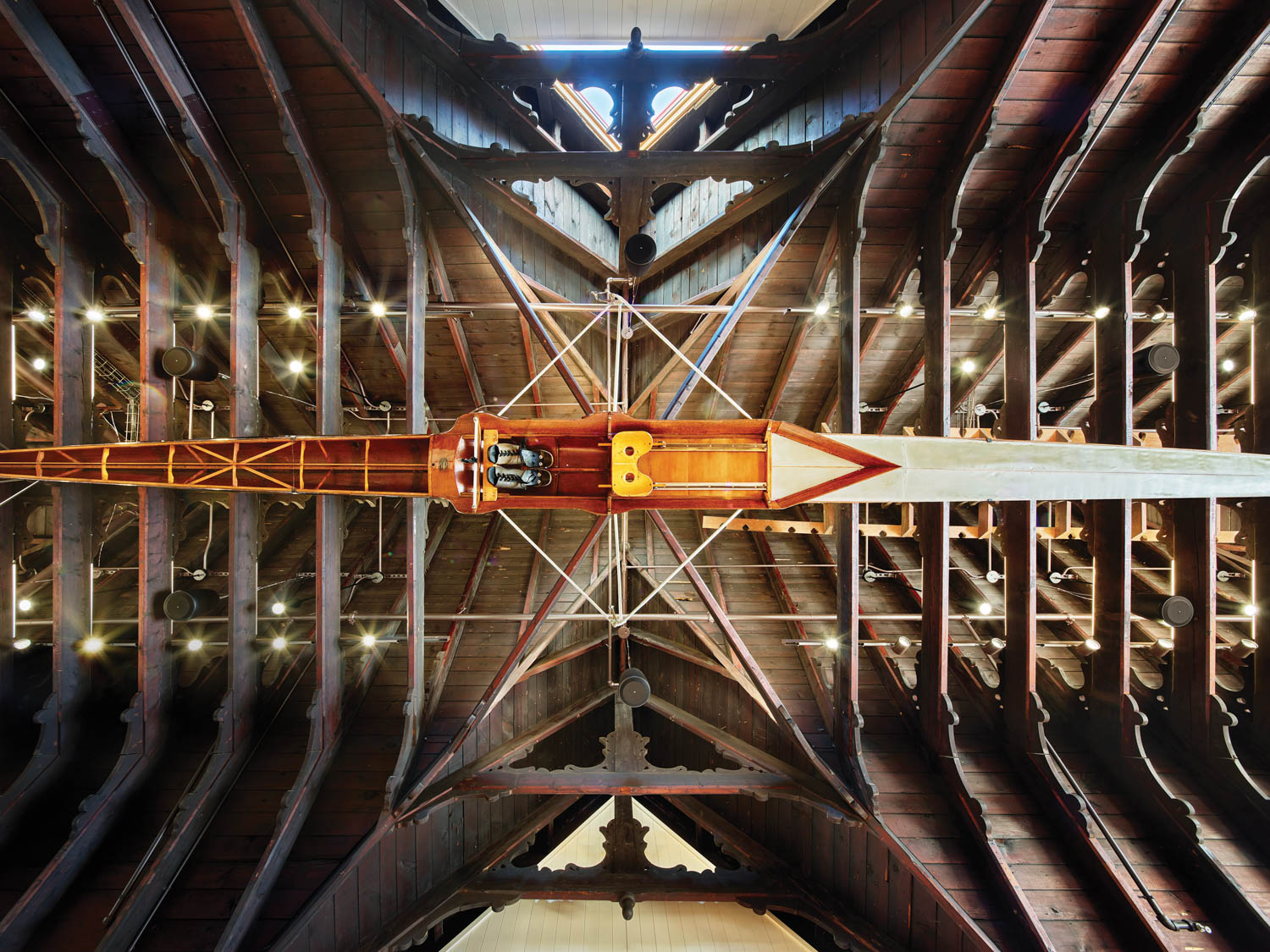Wendell Castle Dies at 85
Visionary sculptor and furniture designer Wendell Castle, often described as the father of the art furniture movement, passed away on January 20. He was 85.
 Castle was born in Emporia, Kansas, in 1932. Dyslexic, Castle countered academic challenges by drawing. After graduating with industrial design and sculpture degrees from the University of Kansas, Castle moved to New York City to practice sculpture and painting. It wasn’t until he started teaching furniture design at Rochester Institute of Technology did he discover his raison d’être. He never left the area, opening up a workshop and joining the faculty at the College at Brockport soon after. He remained an artist-in-residence at RIT until his death.
Castle was born in Emporia, Kansas, in 1932. Dyslexic, Castle countered academic challenges by drawing. After graduating with industrial design and sculpture degrees from the University of Kansas, Castle moved to New York City to practice sculpture and painting. It wasn’t until he started teaching furniture design at Rochester Institute of Technology did he discover his raison d’être. He never left the area, opening up a workshop and joining the faculty at the College at Brockport soon after. He remained an artist-in-residence at RIT until his death.
Blurring the lines between aesthetic and function, Castle created whimsically sinuous forms from wood, plastic, and metal. Stool Sculpture (1959), a wooden artwork, was his earliest experiment in this regard. Despite receiving criticisms from his college instructors, Castle maintained his focus and continued crafting objects that existed both as furniture and art. He pioneered a process called stacked lamination, which granted him the freedom to create biomorphic pieces from solid materials. “Castle will forever be remembered as the man who changed the way we view contemporary furniture in America,” says Evan Snyderman, co-founder of R & Company gallery, which has been working with Castle since 2002.
“Most of what I design is for myself, not thinking of a client,” Castle told Interior Design in a 2012 interview, where he listed Constantin Brâncusi, Rudolf Steiner, and Antoni Gaudí as influences. Castle abided by Twelve Adopted Rules of Thumb, a list of aphorisms he wrote that guided his practice. One entry reads, “If you hit the bullseye every time, the target is too near.”

Castle shared insight into his creative process, including how he utilizes digital fabrication methods, in a 2015 interview with Interior Design:
I save all my drawings and put them aside for a while before comparing and judging. Of course, drawings don’t provide as much information on a piece’s 3-D qualities. So eventually I move to a scale model. Using urethane foam, which can be carved like wood, I make more changes. I work with foam, instead of digitally, to keep all the imperfections that the computer auto-corrects. Next, I laser-scan the scale model into the computer, which creates the tool path from the CNC machine to follow. Then I finish every piece by hand.

Castle’s work graces the permanent collections of dozens of museums, including New York’s Museum of Art and Design, Smithsonian’s Renwick Gallery, Design Museum Gent, and the Brooklyn Museum. He garnered numerous accolades throughout his career such as the 1994 Visionaries of the American Craft Movement award sponsored by the American Craft Museum. New York gallery Friedman Benda, which showcased his fifth solo exhibition, “Embracing Upheaval,” in 2017, has represented him since 2006.
The architecture, art, and design communities took to social media to remember Castle and his influence on the field.


